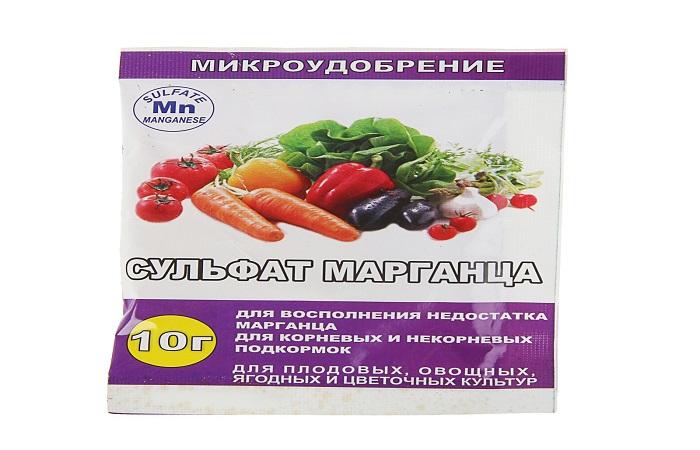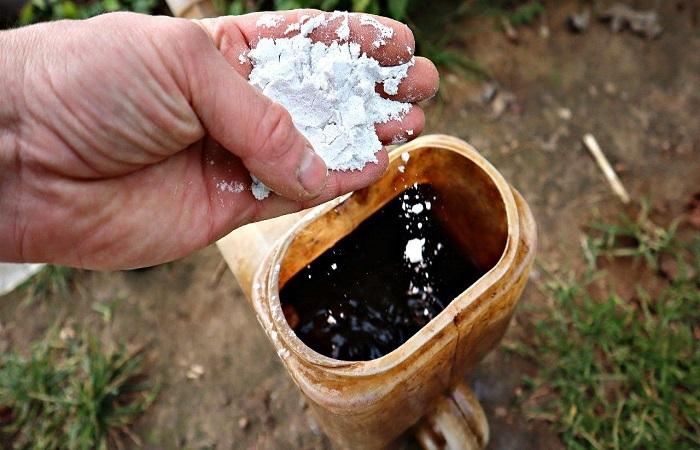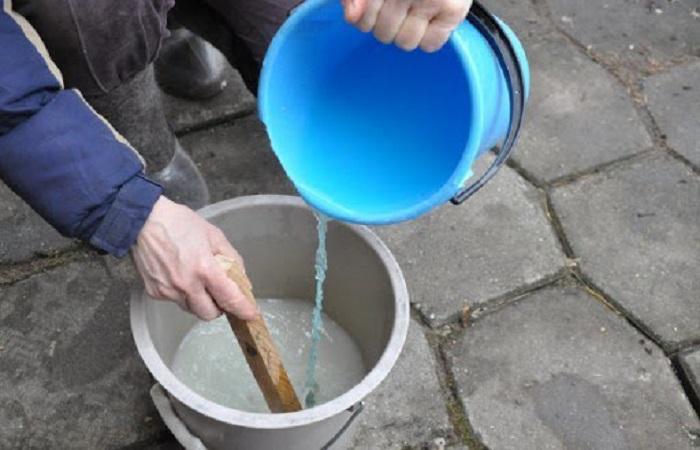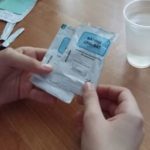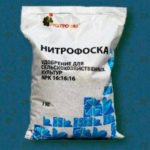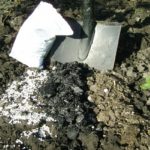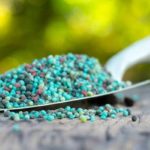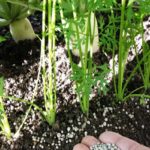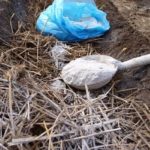Manganese is one of the elements necessary for plant life. Its deficiency leads to disturbances in the processes of growth and development. Let's look at the basic physical and chemical properties of manganese sulfate, the advantages and disadvantages of the fertilizer, and how to use it in agriculture. What methods of application exist, safety measures that must be observed when working with the drug.
Physical properties
Manganese sulfate has another name - manganese sulfate. This is a fertilizer containing manganese and sulfur. Crystalline, uncolored substance.The percentage of active element content is 19.9%.
It is highly soluble in water; at 25 °C, 64.8 g of powder dissolves in 100 g of water. This is a toxic compound that causes dangerous poisoning if ingested, dermatitis and eczema if it gets on the skin.
Chemical properties
Manganese sulfate belongs to the group of salts; it is a compound of manganese and sulfuric acid. Denoted by the formula MnSO4. Reacts with ammonia hydrate and alkalis.
Advantages and disadvantages
Benefits of using manganese sulfate as a fertilizer:
- used to restore manganese levels in the soil;
- can be used on all crops and all types of soil;
- combined with fertilizers containing essential nutrients;
- increases yield by 15% in the 1st season of use;
- increases the sugar content of vegetables and fruits, and the starch content in grains;
- increases storage duration by 10-15%;
- stimulates the growth of generative shoots.
Disadvantages: if overdosed, large amounts of manganese can worsen the condition of plants.
Application in agriculture
Manganese sulfate is used as a top dressing throughout the season for all crops. It is combined with fertilizers containing nitrogen, phosphorus, potassium, and applied as the main fertilizer in greenhouses. In combination with fertilizers, it is applied to the soil in the fall before sowing grain, in this case it shows high efficiency.
The main purpose of using the drug is to regulate the manganese content in the soil and provide plants with this element. A deficiency of the element is observed in almost all regions and soil types, and what is available is often in hard-to-reach forms.
A deficiency of the element may be indicated by weakened root growth, chlorosis due to a slowdown in photosynthetic processes and impaired chlorophyll formation, weak flowering, the appearance of burns, and the development of spots.
After using manganese sulfate on sugar beets, the volume of harvested root crops increases and they become sweeter. The growth of forage grasses increases and the volume of mowing increases. Increased yields are also observed in vegetables.
When applying fertilizer to grapes growing on alkaline carbonate soils, the yield also increases and the quality of the berries improves. When used on fruit and berry crops, the fertilizer has a positive effect on the condition of plants, increases productivity, makes fruits and berries sweeter, and their vitamin C content increases. Cereals, cotton and corn for silage also respond to fertilization by increasing yield, sugars, vitamins, protein, gluten and fats in grains and leaves.
Manganese sulfate can be applied to all types of soils, in all climatic conditions. Chernozem and soddy-podzolic soils are especially in need of this element. They contain the element in the form of poorly soluble compounds. On forest soils, chestnut and alkaline, slightly alkaline chernozems, sulfate is applied to grains, root crops for feed, potatoes, sugar beets, alfalfa and corn, vegetables, citrus fruits, berry bushes and trees.
Fertilizer application methods
Manganese sulfate can be used separately to quickly restore the element's content in the soil. In most cases, it is used together with other fertilizers. Used for root watering and leaf spraying on crops growing in open beds and greenhouses.
The dosage of fertilizer can be different, depending on the crop and the condition of the soil, that is, on the initial manganese content in it. Average dosage: 5-10 g per 10 l.
The working solution must be prepared according to the following scheme: water is added to the required volume of the drug, everything is stirred. It is necessary to water or spray the plants with a fresh solution, choose calm and dry weather for processing, and work during the day or evening. Spray the plants until the foliage is completely wetted.
Security measures
The toxicity of manganese sulfate makes it a dangerous compound. If the substance gets inside, it can cause severe poisoning; there is a toxic effect on the digestive and nervous systems, and the brain. The skin may also be damaged if the powder or concentrated solution comes in contact with it. Dermatitis may form at the site of contact, which is difficult to treat.
When starting to work with the drug, you need to wear long sleeves, gloves, goggles and a respirator. Prepare the solution in a ventilated area or outdoors. Store mineral fertilizer in tightly sealed packaging. The powder should not be exposed to moisture, light, too low or too high a temperature.
Manganese sulfate is used as a fertilizer when it is necessary to quickly solve the problem of manganese deficiency in the soil. It can also be applied in combination with basic fertilizers for all crops, as top dressing throughout the season.Requires precise dosage and application at recommended rates.

